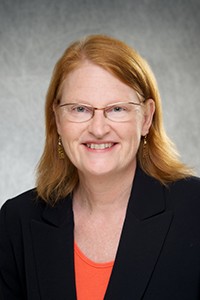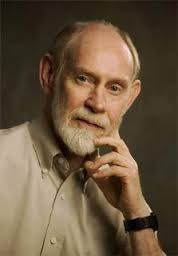Heavner Basic Science Lectureship
This award is presented to an individual each year during the TPS annual meeting. The board of directors will select the person to receive the award based on the individual’s research, academic achievements, professional contributions to pain management, patient care, and advocacy, among other factors. 2025 14th Annual James Heavner Basic Science Lectureship Award: Kathleen Sluka, PT, PhD, FAPTA
 Dr. Sluka's laboratory studies the peripheral and central mechanisms of chronic musculoskeletal pain, and non-pharmacological treatment for chronic pain. These studies involve the use of animal models of muscle pain developed and characterized in Dr. Sluka's laboratory, as well as projects in human subjects. We use a variety of techniques to address these questions including cell culture, molecular biology, genetic manipulations, behavioral pharmacology, and standard clinical trial methodology. Our overall goals are to improve the management of pain for people with a variety of musculoskeletal pain conditions by discovering the underlying mechanisms that lead to the development of chronic pain, discovering new therapies for pain management, and improving the use of currently available treatment for pain. Read more about Dr. Sluka here
Past Winners
|






